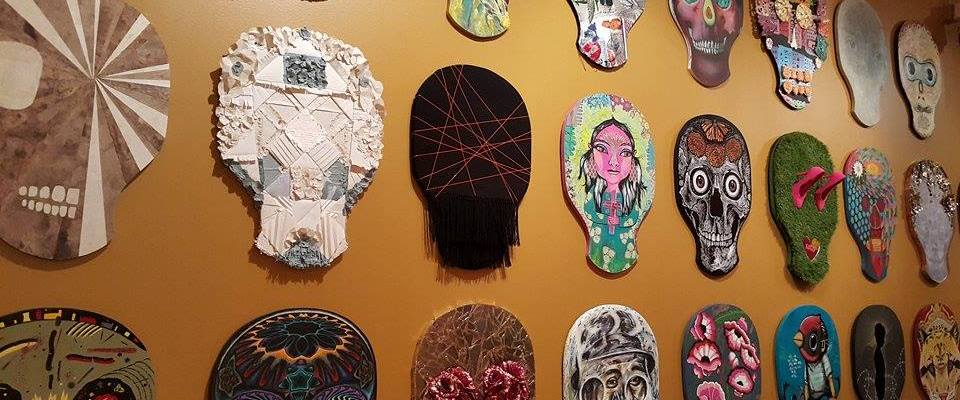By Amelie Rieß.
Like many other cities in the United States, Chicago can call itself a city of ethnic diversity, for it is a home to people with multiple backgrounds and identities. Still, this city experienced different waves of migration: In the 19th century, many people migrated from Europe and in the beginning of the 20th century, many African Americans moved from the rural South to urban Chicago. Even though all these groups came together, Chicago remained a place of spatial integration. This means that various ethnic groups live together, but remain socially segregated. Thus, different ethnic groups went to different churches, taverns, and pursued different activities. Since this diversity has shaped the city up to this day, Prof. Dominic Pacyga and Rita Arias Jirasek gave us a tour on Chicago’s ethnic neighborhoods and churches on Tuesday.
Chicago: The Germanic City
Until the 1920s, Chicago used to be a very Germanic city. Most residents were of German ancestry and, in fact, public schools taught German & English as coequal languages. But the mood changed during World War I, and many people of German ancestry began to change their names, so did the city change German street names and the names of public buildings. Not only did Germans form an important part of Chicago’s demographics, but also Poles, Italians, and Czechs migrated to Chicago in the 19th century.
The Transformation of Churches
As these Europeans came to the United States, leaving their homes behind, they started to search for a collective identity. That is why many churches in Chicago were founded by these migrants, since it was a way for them to form a collective identity. During the tour, we visited several Catholic church communities that were raised by Polish, German, or Irish migrants. Interestingly, some of these churches became Mexican perishes so that different ethnic groups mingled. Visiting the San Francis of Assisi Church, Rita Arias Jirasek pointed out the different religious terms and iconography Mexican Americans work with in their churches. The glass of the windows of the church, which was changed at a certain point when it was almost demolished but saved by the Mexican American community, carries different symbols of immigration. We see a train, which is a typical symbol for migrating from Mexico to the United States, when Latino/as have to undertake a dangerous journey. Other characteristics are a picture of the Lady of Guadalupe hanging above the altar, instead of the Virgin Mary and Jesus, who is not displayed naked and hanging at the cross, but in clothes and brutally beaten up.
A Short Excursion to the National Museum of Mexican Art
During the tour, we made a short excursion to the National Museum of Mexican Art. Looking at the pictures, sculptures, and illustrations, we quickly realized that death and rebirth are a dominant theme in Mexican art. While paintings of dead children underline the recognition that everyone has to die, other symbols such as butterflies or hummingbirds support the process of rebirth and also the transformation and change which Mexicans have to make when migrating into the United States. The museum is located in the Lower West Side, a district that is immensely influenced by Mexican Americans. We see many small Mexican restaurants and most of the walls in the streets are filled with Mexican murals. We definitely got an insight into the diversity of Chicago’s neighborhoods through the talk we got on the city’s history and saw how some of its ethnic neighborhoods look nowadays. While a lot has changed since the early beginnings of the city, it remains a place of transformation, diversity, religion, and art and it will be interesting to observe how Chicago will develop in the near future.
